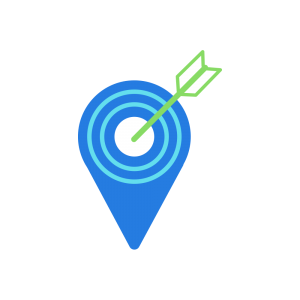Mobile Geofencing Marketing
Track from impressions to walk-in with Registered Showroom VisitsMobile Geo-Fencing
Geo-fenced mobile ads drive engagement and foot traffic
Demand Local captures your local audience with custom Geo-Fences around your dealership. We’ll target by GPS coordinates, zip codes, cities, counties, and DMAs. You tell us precisely where to target and we’ll do the rest.
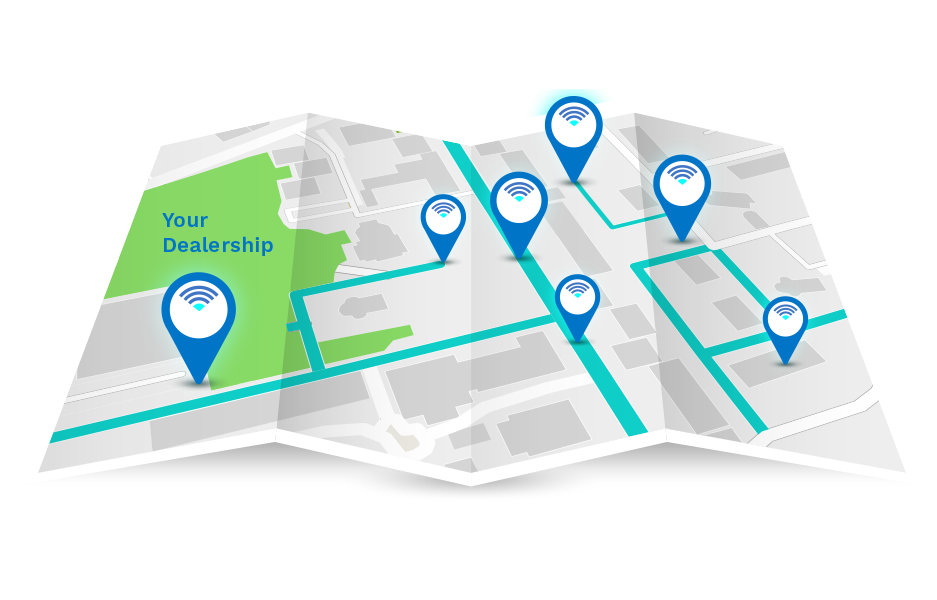
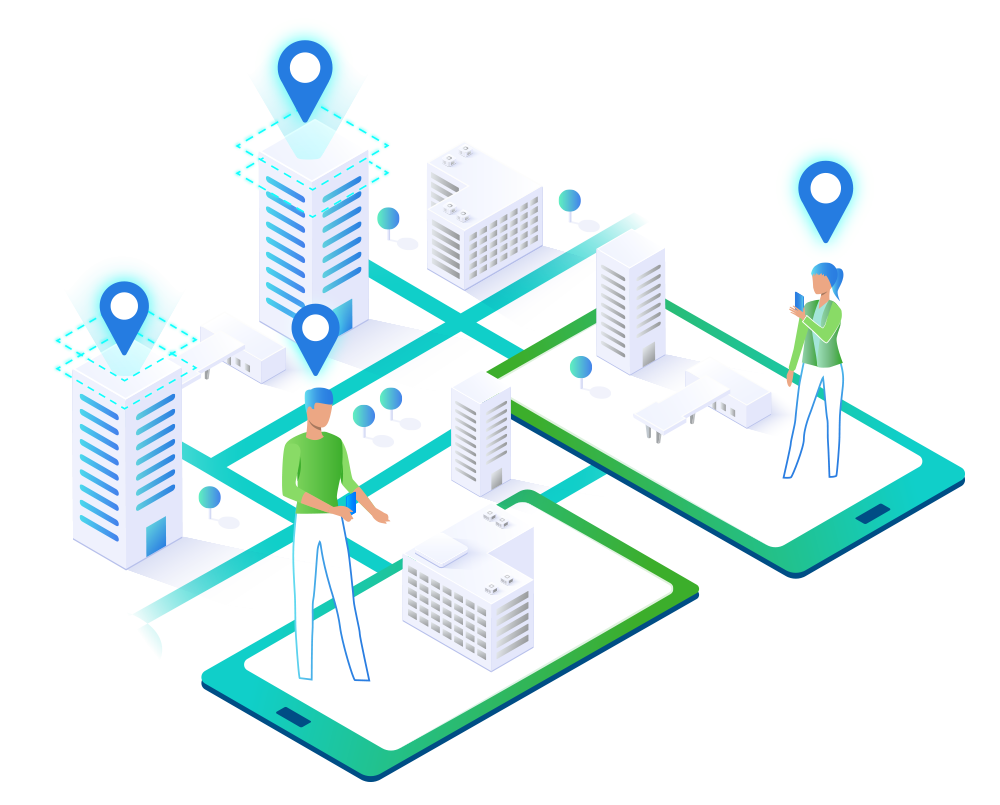
Drive shoppers directly to your dealership.
Target audience where they spend the most time: their smart phones and tablets
We target mobile devices with customized content based on GPS location. You will reach an audience on 10,000+ smart phone apps & mobile sites.
Registered showroom visits
Track customers from ad views to actual dealership visits
We’ll tell you when mobile devices that showed your ad actually entered your dealership. From message to walk in, get tangible results that take your mobile game plan to the next level.
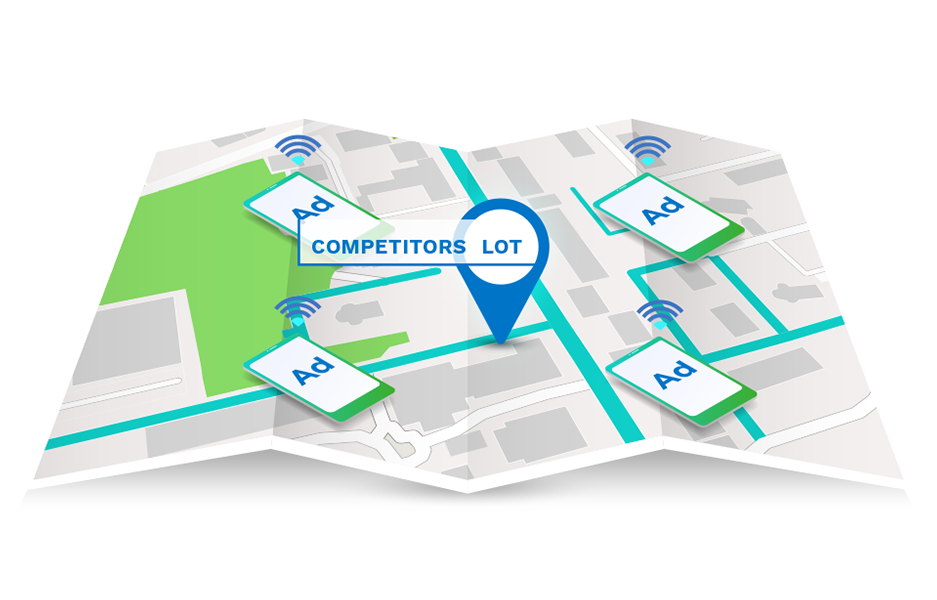
Mobile geo-conquesting
Send auto shoppers your ad while they’re on your competitor’s lot
63% of car buyers research and shop online while visiting a dealership. Hit your competitors on their own turf. We will use your marketing dollars more effectively by targeting auto shoppers when they are in or around competing dealerships.
Mobile geo-retargeting
Reach auto shoppers who have researched new or used cars on their device
Demand Local® retargets customers who have visited your dealership or competing dealerships. We show these specific customers special messaging designed to reinforce your brand and encourage engagement with your message and site.

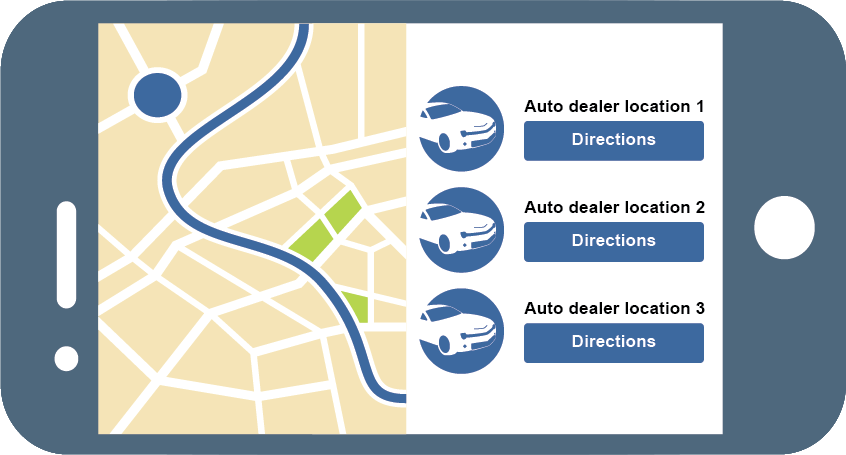
Custom Mobile Creative
Dynamic messaging to show distance to your physical location
At no extra charge, Demand Local® creates ads with embedded video, maps, and promotions that are specific to your dealership. Customers click through directly to your site or engage with interactive mobile expansion units. Demand Local® increases engagement with mobile creative that works.
100+
Agency Partners
2000+ Dealerships
100,000+ Walk-ins
10,000+ Campaigns
What is geofencing?
Definition of Geofencing: Geofencing is a technique to draw virtual boundaries of a real world location. Imagine a map of your city and identify a particular store or location. Now draw a circle around that location. You can draw virtual perimeter as small or large as you want. It could just be the boundaries of the store you chose, within a few blocks, or a few miles.

What is geofencing marketing?
Geofencing Marketing allows advertisers and mobile marketers to target audiences in specific location, and show highly relevant and contextual ads to maximise return on ad spend. When you can serve ads or deliver marketing materials based on someone’s geo-location, you can increase your odds of targeting people interested in your products or services.
This is especially effective in a world where the majority of people have smartphones. Mobile searches including the words “Near Me” have grown more than 500% in the last two years. “Near Me” shoppers are now buyers. Reaching them when they want to purchase can be a game-changer.
Geofencing allows you to reach these same shoppers when they are close to your location even when they’re not searching for you.
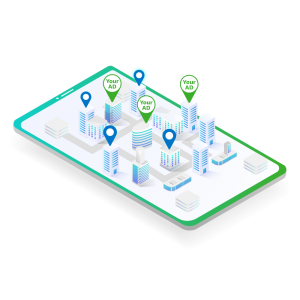
Impact of geofencing marketing
Effective advertising has always been about sending the right marketing message to the right person at the right place and at the right time. Marketing campaigns that incorporate geofencing allow you to create a more efficient mobile marketing strategy by focusing on the right consumer.
Think of it like a hyper-local ad designed to convert.
Geofencing cuts down on advertising waste because you are targeting people within a specific geographical area that may be more prone to take action when they see your message.
Industries and verticals best suited for geofencing
While mobile advertising can work for every industry out there. Certain business models with certain characteristics tend to see much higher results with a geofenced campaign than others. Businesses that have a tiered distribution channel and the franchising model are best for reaping the benefits of Geofencing. Automotive, QSRs, Real estate, Healthcare, Legal, Retail, Service industries are some of the prime verticals best suited to see immediate results. Since their potential customers are located within the close proximity of the business location, they can get more out of their budget by using geofencing marketing.
Automotive Dealerships
| Vehicle purchases are made at a physical location. The very nature of the distribution channel of dealerships makes them ripe for benefitting from geofencing. Since the target audience is located within the vicinity of the auto dealership, targeting just that geolocation is ad budget well spent. |
Quick Serve Restaurants (QSRs) | Geofencing can be especially effective for QSRs. Customers often make quick decisions on where to go. Delivering relevant messages whenever consumers enter your immediate area can attract impulse buyers. Some restaurants have had significant success by geo-conquesting competitor restaurants with a deeply discounted offer to lure them away. |
Healthcare | Like every vertical mentioned in this article, Healthcare is a service that can be sourced only locally. When it comes to healthcare or pharmaceuticals, personalized advertising can be difficult because of regulations. Geofencing marketing becomes an attractive alternative because you are focusing on geographic location rather than individuals. |
Real Estate | Real estate is a perfect business for geofencing marketing. Real Estate organizations or agents can use geofencing to create a virtual fence around a listing or property ‘s radius. They can then show ads or listing for anyone entering the geofenced zone. They can track property visitors and retarget them with ads for the same listing and similar listings in the area. |
Legal | Personal injury attorneys successfully target hospitals or auto repair shops. If you are in the Estate and Will business, it might work well to target destinations frequented by high net-worth individuals such as art museums or country clubs. |
Retail | Retailers can take advantage of a nearby shopper to deliver targeted ads to shoppers when they are near your retail stores (or at your competitors’ stores). You can also draw a tight perimeter around your retail location to market special offers and promotions to in-store shoppers. |
The benefits of geofencing
Presenting highly personal and targeted marketing messages to consumers in specific areas provides numerous benefits for digital marketers.
Accurate Targeting
| When people are close to your physical location, you can virtually grab them and entice them to visit. A discount offer has a better chance to get someone to visit when they are a block away than it would if they were across town. |
Efficient Advertising
| Location-based marketing improves the efficiency of your marketing efforts. Your ad spend is more efficient since the bids are on prospects who are more likely to convert. |
Increased Engagement | There is more engagement with your ad and website when people are shown ads that are more relevant and contextual to their geolocation. |
Return on Investment | You can attribute real-world walk-ins to the performance of the digital advertisement. This gives marketers a much better idea cost of customer acquisition and ROI. |
Data Collection | Geofencing allows you to test various offers to gauge its impact. It’s easy to track which offers increase store traffic or leads to increased sales. |
What are conversion zones in geofencing?

A conversion zone is a physical location, typically your store, can connect a customer’s visit to the marketing message that made it happen. Someone entering your geofenced area with a mobile device will be exposed to your marketing message. When they enter your store or physical location, they will step into a conversion zone that can identify them.
What is addressable geofencing?
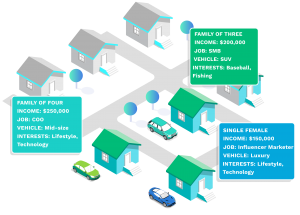
Addressable geofencing can provide highly precise targeting that extends into individual households. By uploading street addresses into an addressable geofencing platform, you can create precise geofences around individual homes.
You can then deliver relevant advertising based on common characteristics. For example, a lawn service might want to market more heavily to people living in more expensive homes.
In some cases, you can marry this digital marketing strategy with known data about individual users residing in those homes.
Location data sources
For brands to effectively run geofencing marketing campaigns, the advertiser also relies on the device itself to secure the location, so that the information can be passed along. There are a few different sources of data that both android and iOS devices depend upon to capture this information.
GPS: If the user has GPS enabled, then this source of data provides very accurate data points on the location of the user. Unfortunately, if the user does not turn on GPS, or if they leave areas with many GPS signals and satellites, the accuracy can quickly degrade.
IP address: The IP address also offers some insight regarding the device’s location, but it tends to not be the most reliable source. Generally, the IP address will come from the app server, which might not be in the same proximity as the user themselves. Therefore, this information does not help much with real-time tracking.
Mobile network triangulation: Mobile network triangulation often provides a reliable source of data and information. It can help to target people within larger geographical boundaries, such as a particular neighborhood or zip code, but it does not help with targeting people to a smaller radius, such as outside a particular store.
WiFi: When users are in areas with prevalent wi-fi signals, this can provide accurate and valuable data regarding the location of users. Unfortunately, for people in areas that do not include a number of different WiFi signals, the information here will again be less accurate and helpful.
Beacons: Beacons can offer an extremely high degree of accuracy, including the ability to identify people within a few yards as it uses BlueTooth. Stores can even use this information to target people within certain departments of their stores. Unfortunately, this information is hard to use at scale and can place a strain on the batteries of the users’ mobile phones.
Registration: When users first sign up for various apps and programs, they often provide some information about their general location. Although sometimes this information can provide valuable insight, it cannot be counted on as particularly accurate because users can easily move about and the information becomes unusable.
As businesses begin to build their mobile marketing strategy, they need to understand how to evaluate the usefulness of the data they receive. The quality of analytics they can perform is based on the accuracy and precision of the data.
Ready to drive traffic?
Our ad technology is driving demand for healthcare, home improvement and finance as well.
Call now! 1-888-315-9759







